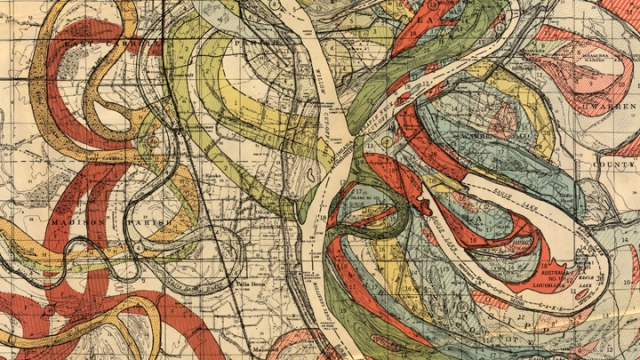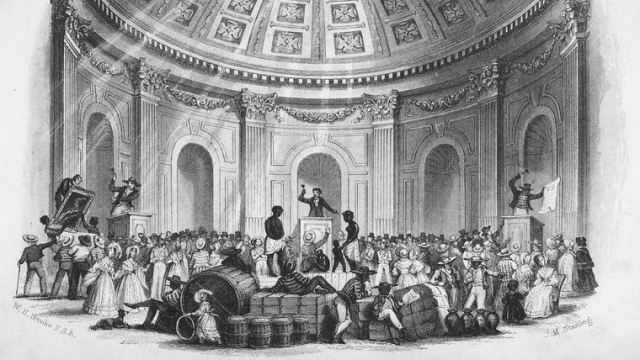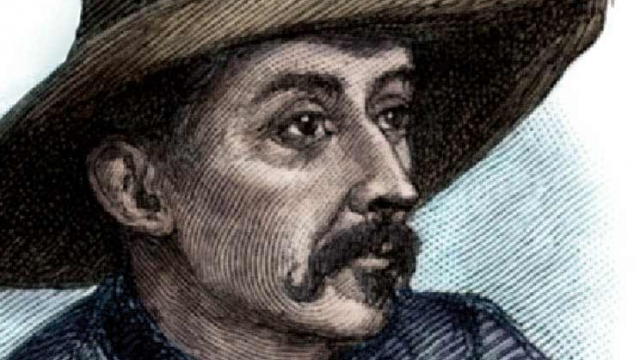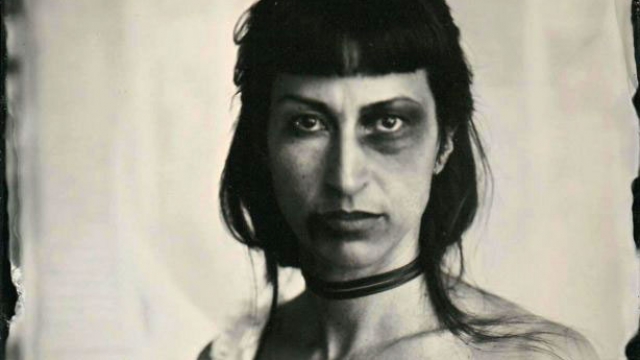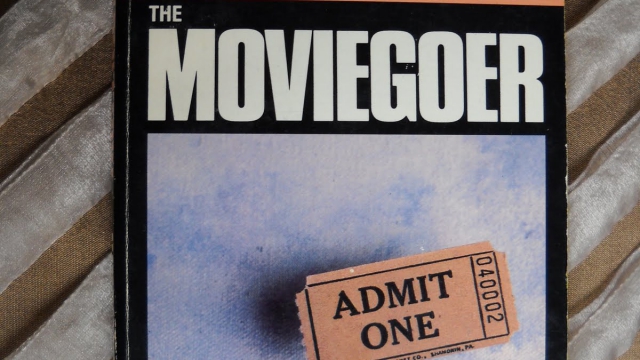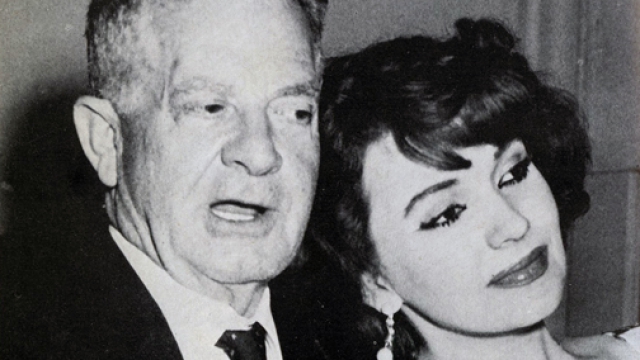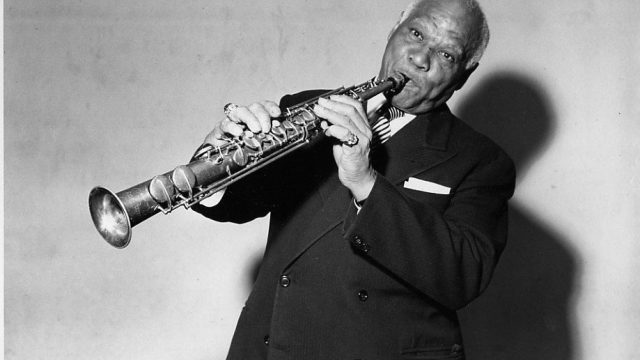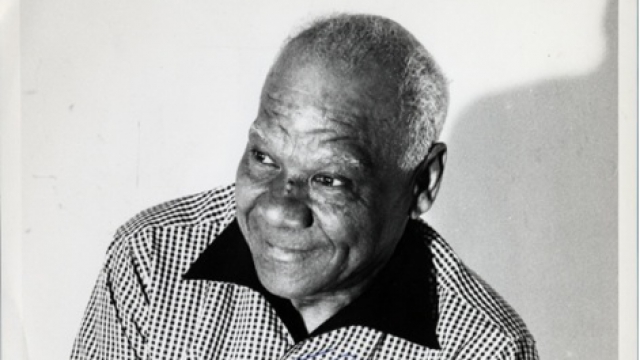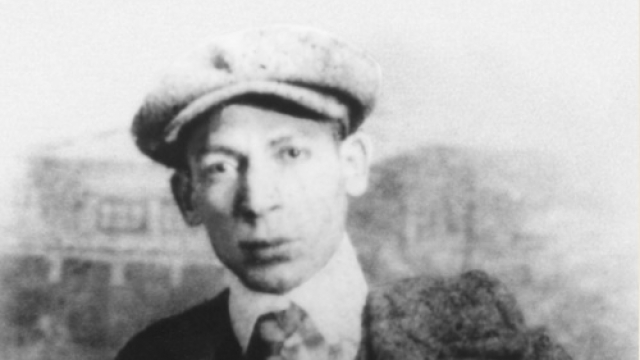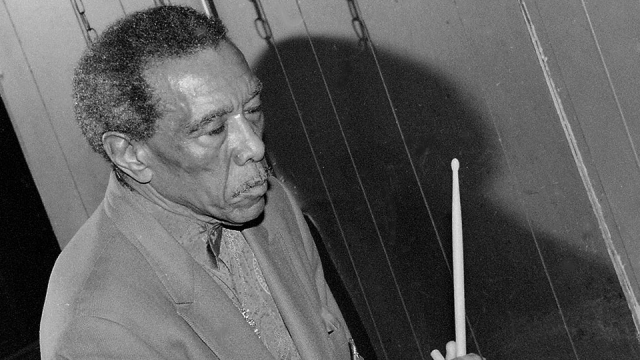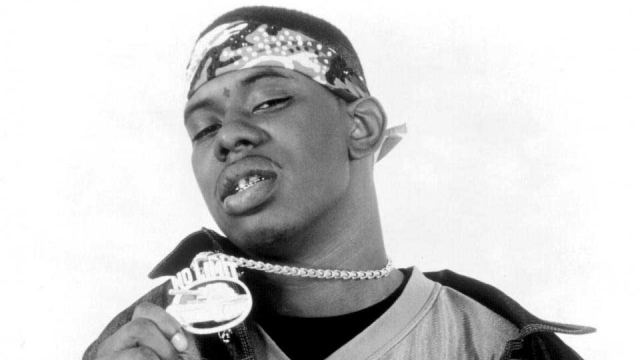We will explore the extraordinary ways New Orleans has figured in the literary imagination of the United States through novels, short stories, music, memoirs, histories, plays, literary journalism, and song. This course will enable students to construct a cultural geography of the city, both broadly hemispherical and pointedly local. The course will be divided into six interrelated sections: we’ll begin with the colonial era and the rise of the creole at the edges of empire along with the impact of the Haitian Revolution on the city; we will then examine the site of the slave market and how New Orleans became a kind of staging area in the formation of race, as invoked in William Faulkner’s masterpiece Absalom, Absalom. In the third unit, we’ll consider the way late 19th- and early 20th-century writers began to define the city as a unique and distinct environment (e.g. George Cable, Lafcadio Hearn, Kate Chopin, Sidney Bechet, and Louis Armstrong). In the fourth unit, we’ll explore classics of New Orleans literature in depth: Tennessee Williams’s Streetcar Named Desire, Walker Percy’s The Moviegoer, and Michael Ondaatje’s Coming Through Slaughter, among others. The fifth unit is “Politricks” and we will read Robert Penn Warren’s All the King’s Men and Robert Stone’s A Hall of Mirrors, then watch Oliver Stone’s JFK to consider what “knowledge” means in a city defined by such endlessly complex power struggles. In the final unit, “Music and Memory,” we’ll read memoirs by the city’s legendary musicians to consider the way the city encodes the horrors and triumphs of its past in ways that enable them to circulate around the world.
Back
- African/Caribbean Based Social and Vernacular Dance Forms | DANC 3240-01
- Autobiographies and Southern Identity
- Black Music & Performance in New Orleans | ADST 3550
- Building Community through the Arts | DANC 4900
- Ethnography of Performance and Identity In New Orleans and French Louisiana | ANTH 3395/6395
- French and Creole In Louisiana | FREN 4110/6110
- Gender, Archives, and Musical Culture | GESS 4500
- History of Jazz | MUSC 3340
- Hollywood South | COMM 4810
- Jazz, Blues, and Literature | ENLS 4010
- Languages of Louisiana | ANTH 4930
- Literary New Orleans | ENLS 4030
- New Orleans and Senegal in the Atlantic World | HISU 3100-01
- New Orleans Hip Hop | ADST 1550
- New Orleans Music | MUSC 1900
- The Creation of Jazz in New Orleans | HISU 4694-01
- The Latin Tinge: Jazz and Latin American Music in New Orleans and Beyond | MUSC 3360
- Urban Geography: New Orleans Case Study | AHST3131

